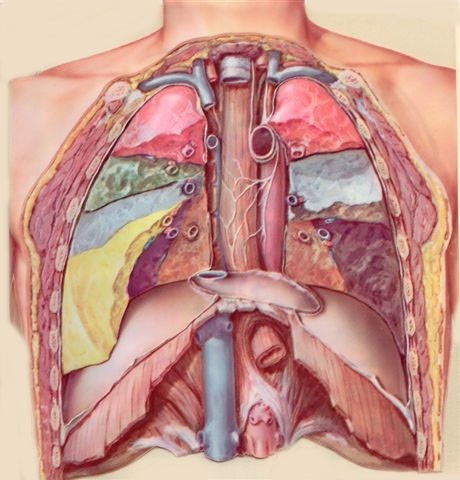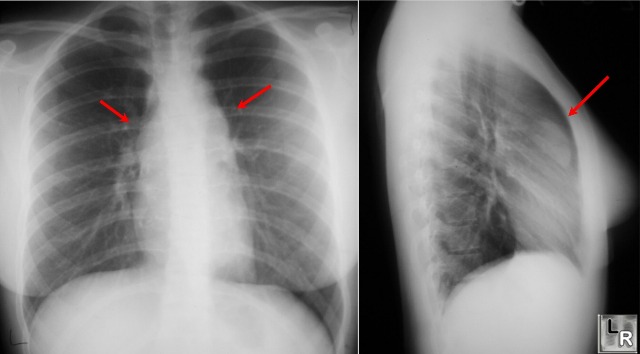Hello Again!!!!
In this post, I will be talking about the neuromatrix of pain, or in simple words, the way our brain understands the pain that is being felt. It's really a point of much debate in today's world that how our brain receives and processes the pain.
So, let's start.
First the pain is experienced by the nociceptive receptors located through out the body and nociception means pain, so in neurology we always use the word nociception instead of pain. So, first the pain is experienced by your nociceptive receptors and then it is sent to the Reticular Formation located in the Brainstem or Spinal Cord.
Now, Reticular Formation is the first part of the brain that receives the nociceptive signal and Reticular Formation helps us to get our concentration on that pain. Concentration plays an important role in the sensation of pain. And if we are concentrating on something else than the pain which is more important than the pain, then the Reticular Formation may not give give attention to pain and we might not feel it.
After it has passed the Reticular Formation, it goes to the Thalamas. Thalamas is a very main part in our brain which plays a very important role in almost every action of ours. The nociceptive signal goes to several specific nucleus of the Thalamas. They are:
- Ventral Posterolateral Nucleus(VPN Nucleus)
- Medial nuclie of Thalamas.
- Intralaminier nuclie of Thalamas.
The nociceptive signal after passing the Reticular Formation reaches the Ventral Posterolateral Nucleus or VPN Nucleus. This part of the Thalamas has very much food connections with the Somatosensory Cortex, which is located in the Parietal Lobe, and it plays an important role in accessing the intensity and the location of the pain.
Medial Nuclie of Thalamas has better connections with the motor cortex located in Frontal Lobe which plays an important role in generating motor functions or the movements related with the pain. For example, if you pour hot water on your hands, then the motor function will be removing your hands from the water, and thatt movement will be generated with the help of Medial portion of Thalamas which sends the signal to motor cortex.
Intralaminier Nuclie of Thalamas plays an important role in seeking attention towards the pain.
Now we come to another part important for seeking pain. After passing through the Thalamas, the nociceptive signal reaches the Primary and Secondary Somatosensory cortexes (S1 and S2). Scientists believe that the S1 is included in discriminating the various properties of pain and the S2 is usually involved in recognizing pain and remembering last pain. Experiments has also confirmed that the higher the activity in S1, the greater the pain will be.
But in an experiment, several persons were hypnotized and said that the pain that they will be given will very much than the pain's real capacity and others were said that the pain would be lesser than the normal capacity of the pain. When they were given a little amount of electric and their brain parts activity was measured, it was found that the activity in S1 was not changing with the intensity of the pain. The persons who were said that the pain will be greater were having the same activity level in S1 as the person's who were said that the pain will be lesser. In that experiment, the scientist also found that the Anterior Cingulate Cortex had different activity levels in the persons. Anterior Cingulate Cortex is involved in the affection component of pain. And we should remember that affection leads to emotion, and emotion will give you pain. So, the more the activity level in Anterior Cingulate Cortex, the more the pain you will feel.
But neuro scientist Burkhart Bromm said that the Posterior Cingulate Cortex receives the nociceptive signal before Anterior Cingulate Cortex. The Posterior Cingulate Cortex receives the signals after 220 milliseconds after the nociceptive signal starts.
He thought that this part is included in the affection component of pain, and we should remember that the affection leads to the creation of emotion which give rises to feeling of pain. So, the more the activity level in Posterior Cingulate Cortex, the more the pain.
But as you have observed that when an pain is felt, then you do some movements to escape from that pain, in the movement part, the Parietal Lobe of our brain plays an important role in generating a signal that would help us move. The movement done here is done with the help of Parietal Cortex which plays an important role in also planning other movements.
One another part of our brain also plays an important role in pain, that is the Hippocampus, the part of our brain which is involved in the formation of memory, and the memory might play a role in pain because when we feel a pain, our brain tries to associate it with the past memories of the pain, and the if we are experiencing the pain for the first time, our brain remembers the pain and even when we think about the pain, we might get the feeling of the same pain because of the release of certain hormones at that time.
This all parts work together to give you the feeling of pain and this is the reason that there is no certain area of our brain that we can remove to get rid of the feeling of pain, instead, many parts of our brain work together to give us the sensation of pain.
Thanks for reading this article.




